Increased Maritime Traffic
The Navigation Lighting Market is experiencing growth due to the increase in maritime traffic across various regions. As global trade continues to expand, the number of vessels navigating through busy shipping lanes is on the rise. This increase necessitates enhanced navigation lighting solutions to ensure safe passage and prevent accidents. Data indicates that the number of commercial vessels has grown significantly, leading to a corresponding demand for advanced navigation lighting systems. The need for reliable and efficient lighting solutions is becoming more pronounced, as operators seek to comply with safety regulations while optimizing operational efficiency. Consequently, the Navigation Lighting Market is likely to benefit from this trend, as stakeholders invest in innovative lighting technologies to accommodate the growing maritime traffic.
Sustainability Initiatives
Sustainability is becoming a pivotal driver in the Navigation Lighting Market, as stakeholders increasingly prioritize eco-friendly solutions. The shift towards renewable energy sources, such as solar-powered navigation lights, is gaining traction. This transition not only aligns with global environmental goals but also offers cost savings in the long run. According to recent data, the market for solar navigation lights is expected to grow significantly, reflecting a broader trend towards sustainable practices in various industries. Furthermore, regulatory bodies are beginning to impose stricter environmental standards, compelling manufacturers to innovate and adapt. Consequently, the Navigation Lighting Market is likely to see a rise in products that meet these sustainability criteria, appealing to environmentally conscious consumers.
Regulatory Compliance and Safety Standards
The Navigation Lighting Market is heavily influenced by regulatory compliance and safety standards that govern maritime operations. Various international and national regulations mandate specific lighting requirements for vessels to ensure safe navigation. Compliance with these regulations is not merely a legal obligation; it also enhances the safety of maritime operations, thereby reducing the risk of accidents. The market is witnessing an increase in demand for navigation lights that meet these stringent safety standards. As a result, manufacturers are focusing on developing products that not only comply with existing regulations but also anticipate future changes. This proactive approach is likely to drive innovation within the Navigation Lighting Market, as companies strive to offer compliant and reliable solutions.
Emerging Markets and Infrastructure Development
Emerging markets are playing a crucial role in the expansion of the Navigation Lighting Market. As countries develop their maritime infrastructure, there is a growing need for reliable navigation lighting systems. Investments in ports, shipping lanes, and coastal facilities are driving demand for advanced lighting solutions that enhance safety and operational efficiency. Recent reports suggest that regions with developing economies are increasingly prioritizing maritime safety, leading to a surge in infrastructure projects. This trend is expected to create new opportunities for manufacturers and suppliers within the Navigation Lighting Market. As these markets continue to grow, the demand for innovative and efficient navigation lighting solutions is likely to rise, further propelling the industry forward.
Technological Advancements in Navigation Lighting
The Navigation Lighting Market is experiencing a surge in technological advancements that enhance the efficiency and effectiveness of navigation systems. Innovations such as LED technology and smart lighting solutions are becoming increasingly prevalent. These advancements not only improve visibility but also reduce energy consumption, which is a critical factor for many operators. For instance, the integration of IoT in navigation lighting systems allows for real-time monitoring and control, potentially leading to safer maritime operations. The market is projected to grow at a compound annual growth rate of approximately 6% over the next few years, driven by these technological improvements. As a result, stakeholders in the Navigation Lighting Market are likely to invest heavily in research and development to stay competitive.


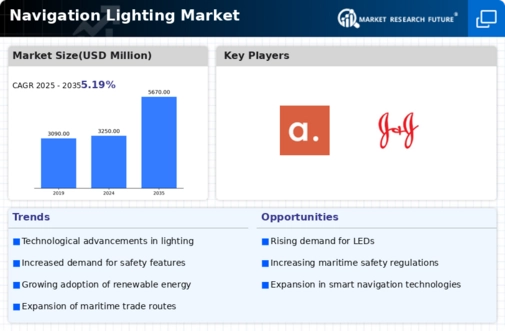
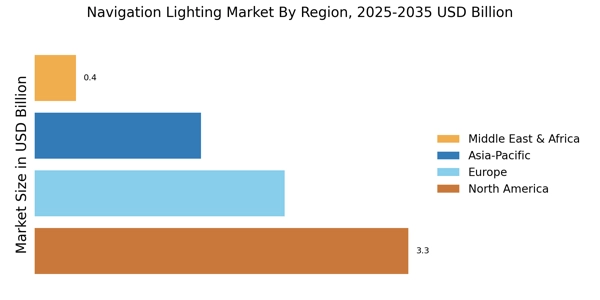
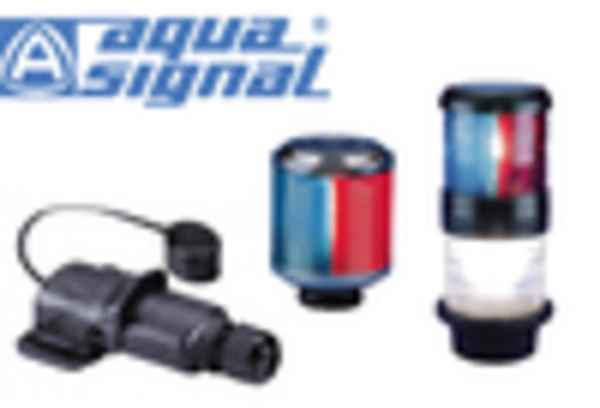


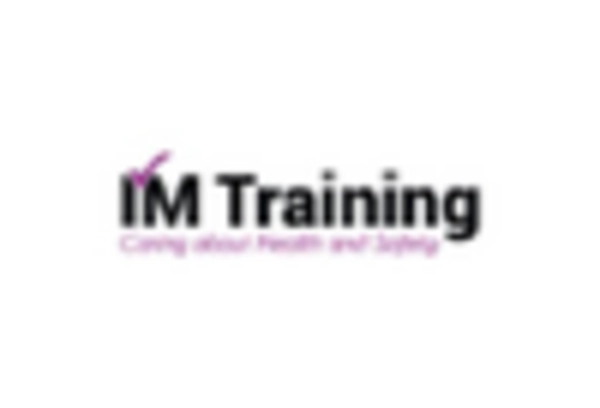
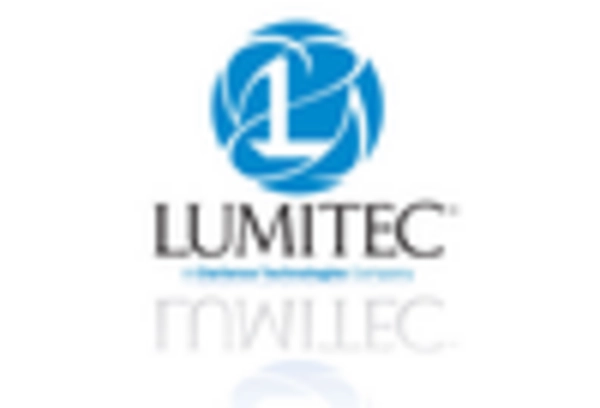
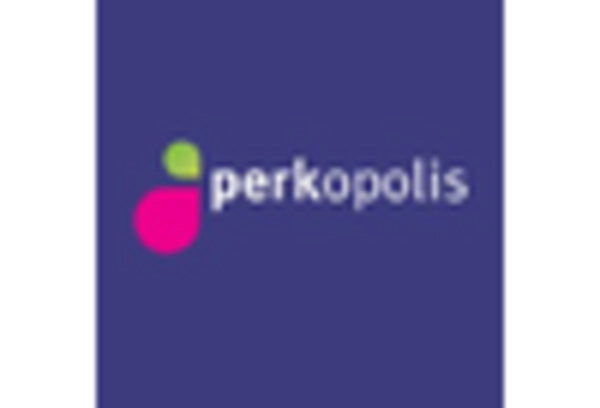








Leave a Comment